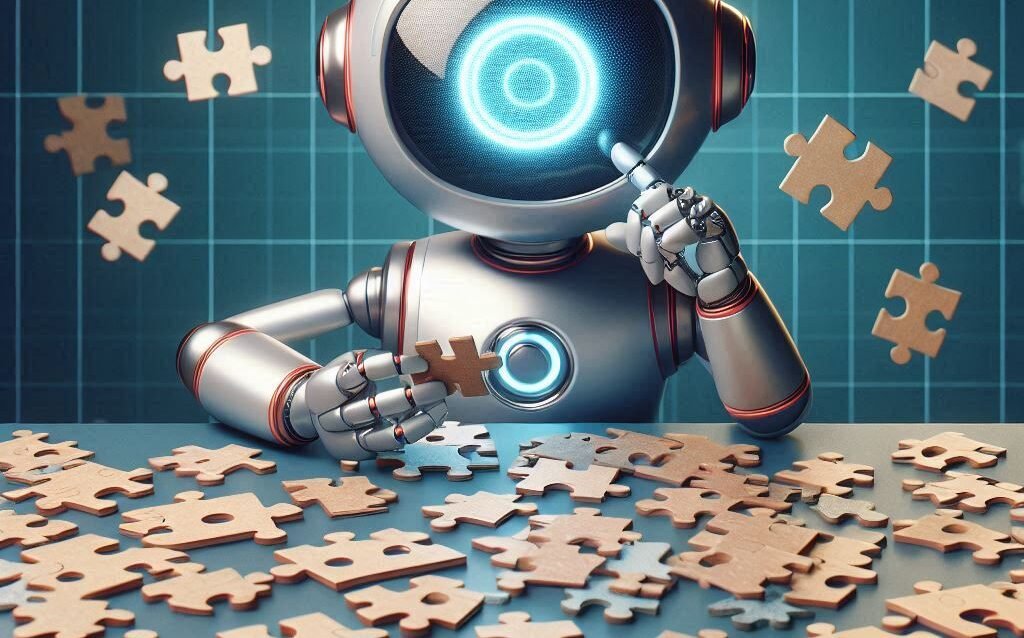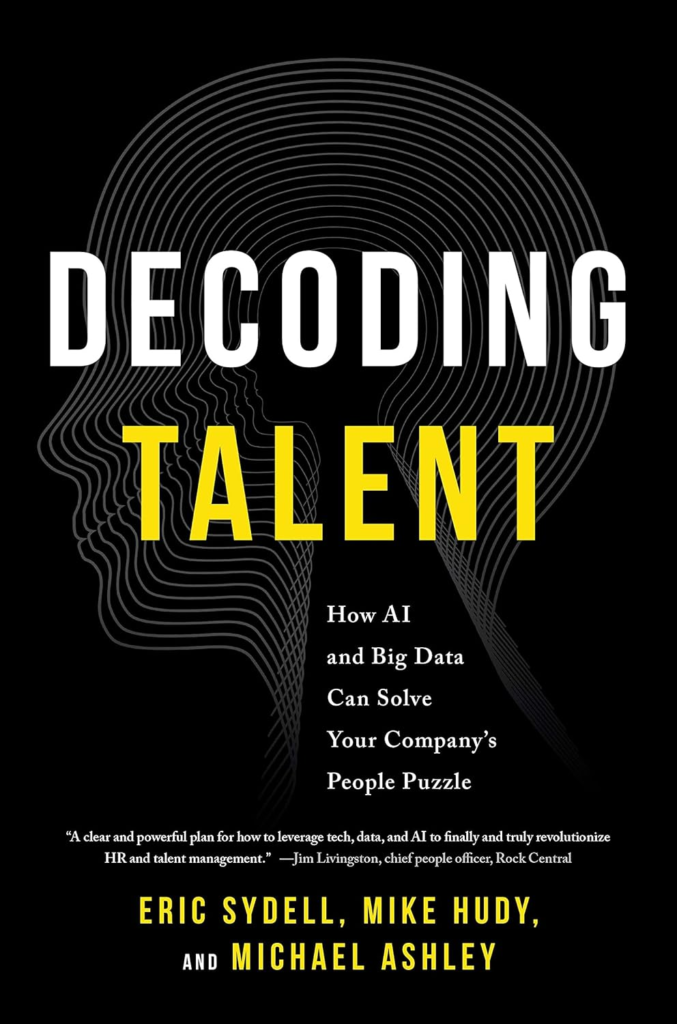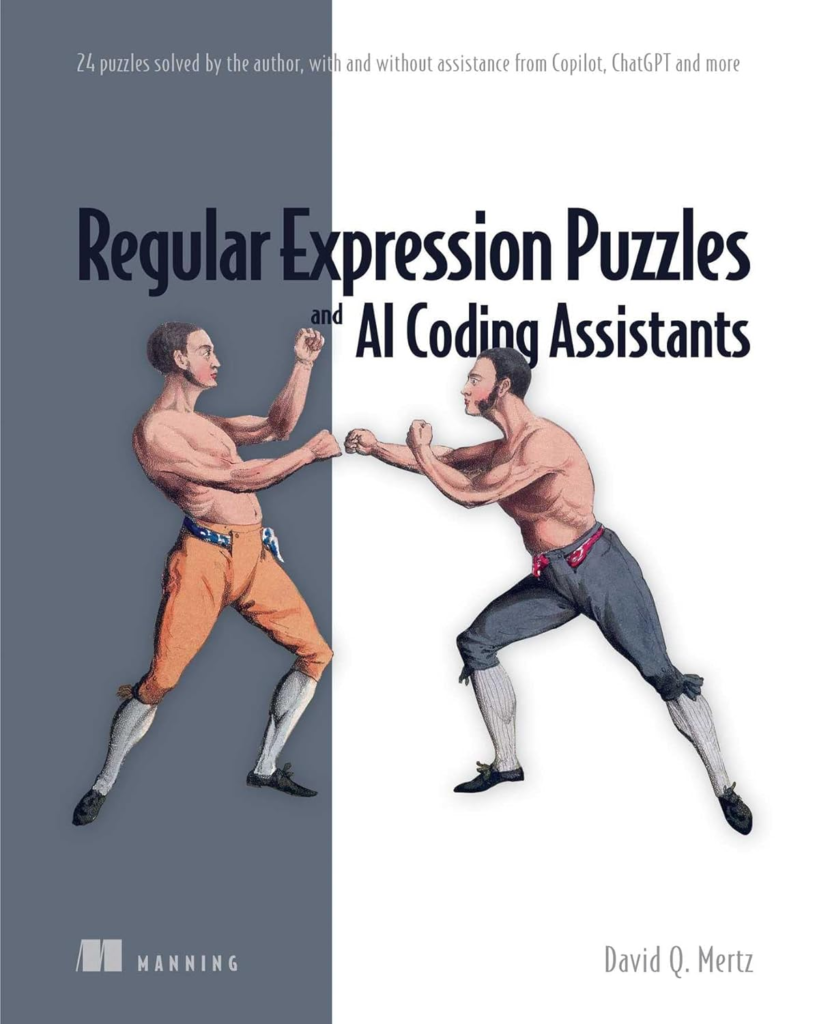Artificial Intelligence (AI) refers to the simulation of human intelligence by machines, enabling them to perform tasks that typically require human cognitive functions, such as learning, reasoning, problem-solving, perception, and language understanding. One of the most exciting and challenging applications of AI is puzzle-solving. Puzzles provide a unique opportunity for AI systems to demonstrate their problem-solving abilities, as they require logical thinking, pattern recognition, and strategic planning.
AI operates through complex algorithms and machine learning techniques that enable systems to analyze data, identify patterns, and make decisions based on that information. In the context of puzzle-solving, AI can be programmed to handle a wide variety of challenges, from simple logic puzzles like Sudoku to more complex tasks such as chess or interactive video games. Each type of puzzle tests different cognitive skills, making them an ideal platform to showcase the power of AI.
The connection between AI and puzzle-solving is fascinating. Puzzles demand an understanding of rules, strategies, and the ability to anticipate outcomes, which closely mirrors how AI approaches complex problems. At the same time, puzzles serve as a testing ground for AI algorithms, helping to refine the technology for broader applications in fields where fast decision-making and problem-solving are critical.
As AI continues to evolve, its ability to solve more intricate puzzles raises important questions about the limitations of machine intelligence and its impact on various industries. Examining how AI approaches puzzle-solving not only provides insights into the technology but also opens up possibilities for future advancements in artificial intelligence across different fields.
(Purchase today by clicking on the image)
Types of Puzzles AI Can Solve
AI’s advancements have allowed it to tackle a wide range of puzzles, each requiring different problem-solving techniques. Some of the most notable puzzle types AI can solve include:
- Logical Puzzles: AI excels at solving puzzles like Sudoku or logic grid problems, where it must deduce outcomes based on a set of given rules. Algorithms, especially search algorithms, help AI explore various combinations until a solution is found.
- Mathematical Puzzles: AI can handle puzzles involving numbers, such as combinatorial problems or the Towers of Hanoi, using computational techniques. Machine learning algorithms improve their performance over time as they are trained on more data, and heuristics enable AI to solve complex equations quickly.
- Interactive Puzzles: AI has also made significant strides in interactive puzzles such as crossword puzzles and jigsaw puzzles. By utilizing Natural Language Processing (NLP), AI can interpret crossword clues and suggest possible answers. In jigsaw puzzles, AI uses image recognition to identify pieces and fit them based on color and pattern.
- Games and Strategy Puzzles: More advanced puzzles like chess and Go require AI to use deep learning techniques to evaluate board positions and anticipate the best strategies. AI has made notable achievements in these areas, with programs like IBM’s Deep Blue and Google’s AlphaGo demonstrating impressive problem-solving skills.
The type of puzzle significantly influences the algorithms required to solve it. Simple puzzles may only need traditional search methods, while more complex ones require the integration of machine learning and NLP, highlighting the versatility of AI in tackling diverse challenges.
Success Stories of AI in Puzzle Solving
AI’s successes in puzzle-solving have been both groundbreaking and inspiring. Some notable examples include:
- Chess: In 1997, IBM’s Deep Blue made history by defeating world chess champion Garry Kasparov. This victory was a landmark achievement for AI, showcasing its ability to evaluate millions of potential moves in real-time.
- Go: Google’s AlphaGo demonstrated AI’s ability to master complex games with a virtually infinite number of possible moves. AlphaGo defeated one of the world’s top players, Lee Sedol, in a series of games that highlighted AI’s power in strategic thinking and learning from experience.
- Escape Rooms: AI has also been applied to modern interactive puzzles, such as those found in escape rooms. AI systems can dynamically adjust puzzle difficulty based on player performance, offering a more engaging and personalized experience.
- Brain Teasers: AI has been used to solve riddles, optimize solutions, and provide answers to complex brain teasers. These applications demonstrate the growing sophistication of AI in navigating and solving diverse types of puzzles.
These success stories illustrate how AI’s advanced algorithms and machine learning capabilities allow it to solve intricate problems, pushing the boundaries of what was previously thought possible in puzzle-solving.
The Future of AI in Puzzle Solving
As AI technology evolves, its potential to solve increasingly complex puzzles continues to grow. Machine learning algorithms are becoming more advanced, allowing AI systems to approach puzzles with greater flexibility, creativity, and efficiency. Researchers are working to develop AI models that can learn from past experiences and adapt to new types of challenges, pushing the limits of what AI can achieve in puzzle-solving.
In industries like education, gaming, and data analysis, AI is set to revolutionize puzzle-solving. For instance, AI could be used in educational platforms to create personalized puzzle experiences, tailored to an individual’s skill level and cognitive abilities. This could foster critical thinking and improve learning outcomes in more engaging ways. In the gaming industry, AI could power dynamic, narrative-driven puzzles that adapt to players in real-time, providing fresh and challenging experiences.
However, the growing influence of AI in puzzle-solving also raises ethical questions. Concerns have been raised about AI overshadowing human creativity and reasoning, and there may be challenges related to digital privacy as AI becomes more personalized in puzzle experiences. Striking a balance between leveraging AI’s capabilities and maintaining human engagement will be an important consideration as the technology continues to evolve.
Looking ahead, it’s clear that AI’s role in puzzle-solving will continue to expand, offering new opportunities for entertainment, education, and cognitive development. As AI’s abilities grow, so too does its potential to transform the way we approach puzzles and problem-solving, shaping the future of how we engage with both machines and puzzles alike.
(Purchase today by clicking on the image)






